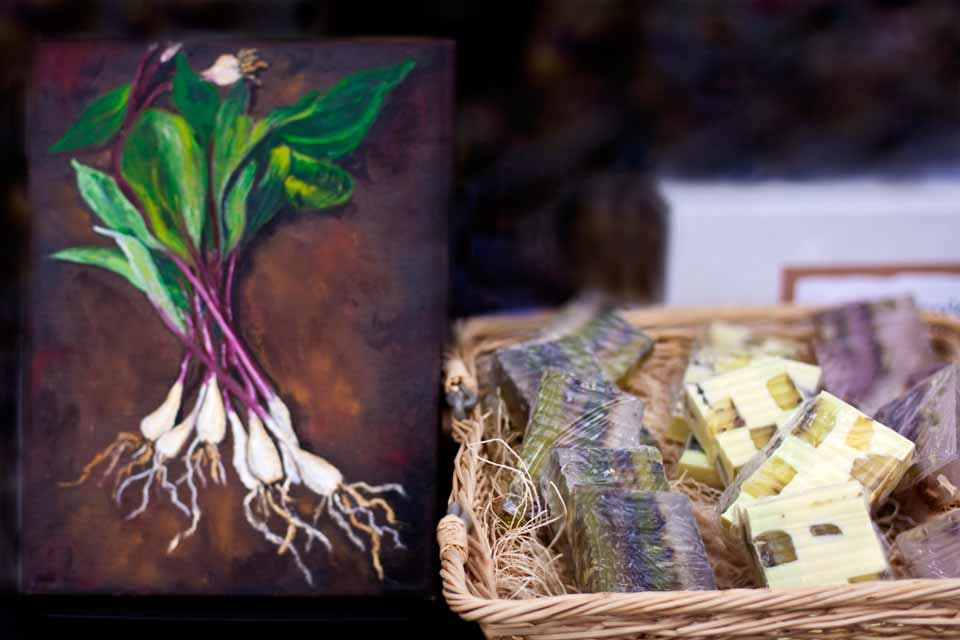Food + Drink
Ramp Season in Ohio
Our state's spring wild onion has long had a fervent following among those who love it. The northeast Ohio village of Peninsula celebrates it every year.
Related Articles

Experience Geauga County’s Nearly Century-Old Maple Festival
Founded in 1926, the annual celebration honors the region’s rich maple sugaring heritage with entertainment, traditional competitions and lots of sweet treats. READ MORE >>
.jpg?sfvrsn=f1dab738_3&w=960&auto=compress%2cformat)
McDonald’s Filet-O-Fish Was Created in Ohio
Cincinnati franchise owner Lou Groen came up with the idea for the Lenten-season menu item and began selling it in 1962. The sandwich remains relatively true to his original vision to this day. READ MORE >>

This Small-Town Festival Celebrates a Pungent Wild Leek
If you’ve never eaten a ramp, you’re not alone. The annual Ramp Up Peninsula celebration offers a chance to try the wild leek, which arrives in parts of Ohio each spring. READ MORE >>



